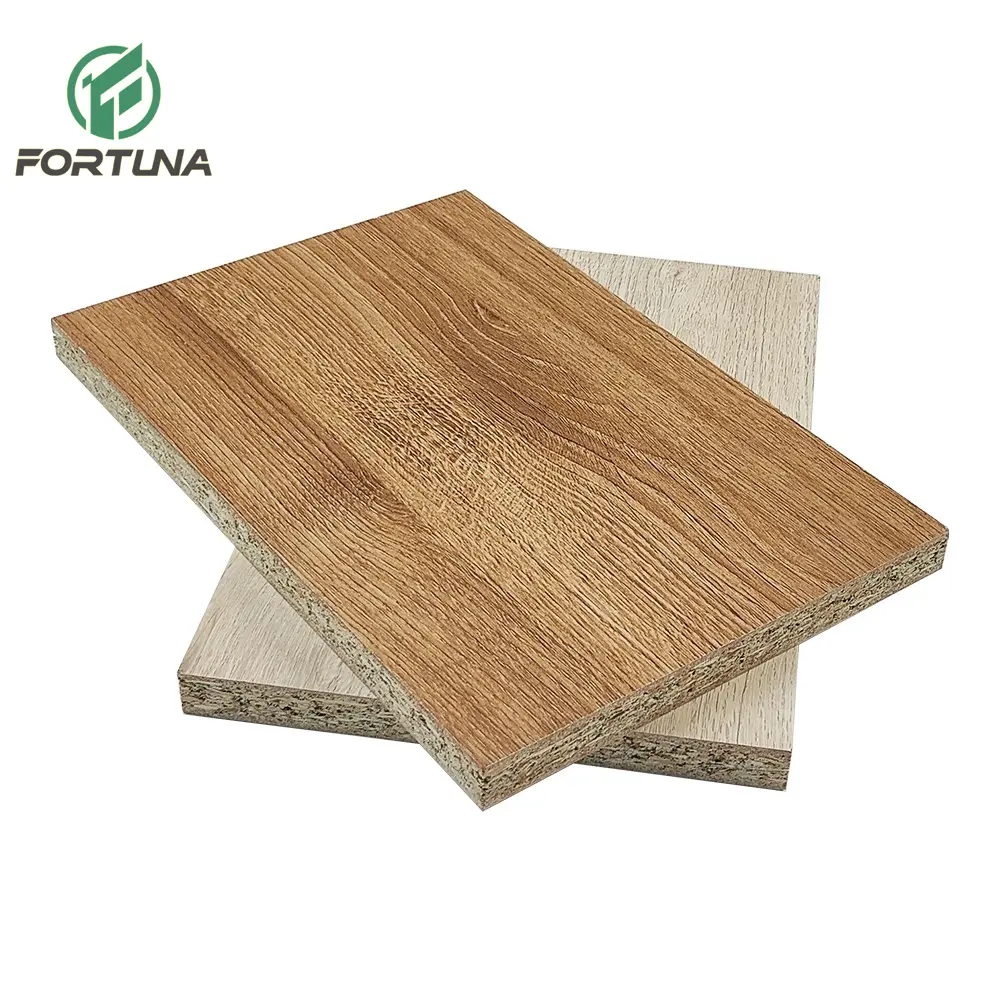Particle board is a popular material for DIY projects, furniture, and cabinetry due to its affordability and versatility. However, it requires special handling to ensure durability and a professional finish. Here are essential tips for working with particle board effectively:
1. Use the Right Tools
Particle board can chip easily, so using appropriate tools is crucial:
Sharp Blades or Saws: Employ carbide-tipped saw blades designed for fine cuts to prevent fraying or splintering.
Drills with Depth Control: Prevent cracking by drilling pilot holes before inserting screws.

2. Pre-Drill Holes to Prevent Splitting
Particle board is prone to splitting under pressure:
Pilot Holes: Always pre-drill holes when screwing into particle board to reduce stress on the material.
Use Correct Drill Size: Match the hole size with the screw to ensure a snug fit without over-tightening.
3. Reinforce Joints for Added Strength
Since particle board is not as strong as solid wood, reinforcement is essential:
Wood Glue: Apply high-quality wood glue alongside screws for stronger joints.
Corner Braces: Use corner brackets or braces to stabilize structures like cabinets and furniture.
4. Apply Edge Banding for a Clean Finish
The exposed edges of particle board can chip and absorb moisture:
Iron-On Edge Banding: Use edge banding strips to cover raw edges for a polished look.
Seal the Edges: Apply a clear sealer or wood putty to prevent water absorption and damage.

5. Sand Surfaces Before Finishing
The surface of particle board may have minor imperfections:
Fine Grit Sandpaper: Sand with 220-grit sandpaper for a smooth surface.
Remove Dust: Clean off sanding dust before applying paint, laminate, or veneer.
6. Choose the Right Screws
Particle board doesn’t hold screws as well as solid wood:
Coarse Thread Screws: These provide better grip in particle board.
Screw Length: Use screws that are long enough to hold but not so long that they penetrate the opposite side.
7. Handle with Care During Cutting
Cutting particle board requires precision:
Masking Tape: Place masking tape along the cut line to reduce chipping.
Cut Slowly: Work at a steady pace to avoid jagged edges and cracks.
8. Protect Against Moisture
Particle board is highly susceptible to water damage:
Seal Exposed Surfaces: Use a waterproof sealant or finish on all exposed surfaces.
Avoid Direct Contact with Water: Keep particle board furniture and projects in dry areas.

9. Use Laminate or Veneer for Durability
To enhance the durability and appearance of particle board:
Laminate Sheets: Apply laminate for a scratch-resistant surface.
Veneer Finish: Add a veneer for a natural wood look and improved strength.
10. Don’t Overload Shelves
Particle board can sag under heavy loads:
Reinforce with Support Bars: Add metal or wooden bars underneath for extra support.
Limit Weight: Follow manufacturer recommendations for weight capacity.
11. Store Properly Before Use
Improper storage can cause warping or damage:
Flat Surface Storage: Lay particle board flat in a dry, level area.
Protect from Moisture: Cover with a tarp or plastic sheet in humid environments.
12. Experiment with Paint and Primer
Painting particle board can enhance its appearance:
Prime First: Apply a primer to help the paint adhere better to the surface.
Use Enamel Paint: Opt for durable, easy-to-clean enamel paint for long-lasting results.

13. Test Before Applying Adhesive or Finish
Some finishes and adhesives may not work well with particle board:
Small Test Area: Try on a hidden section first to ensure compatibility.
High-Quality Adhesives: Choose adhesives formulated for engineered wood.
14. Be Mindful of Environmental Impact
Particle board contains synthetic resins that may release VOCs:
Work in Ventilated Areas: Ensure proper ventilation to avoid inhaling fumes.
Eco-Friendly Choices: Look for low-emission particle board products to reduce environmental impact.
15. Plan for Repairs and Maintenance
Particle board furniture can wear out over time:
Repair Chips: Fill minor chips or cracks with wood filler and sand smooth.
Reinforce Weak Spots: Add additional supports if the structure shows signs of sagging.
Following these tips will help you achieve professional-quality results when working with particle board. Proper handling, preparation, and finishing will not only enhance its appearance but also extend its lifespan in your projects.

